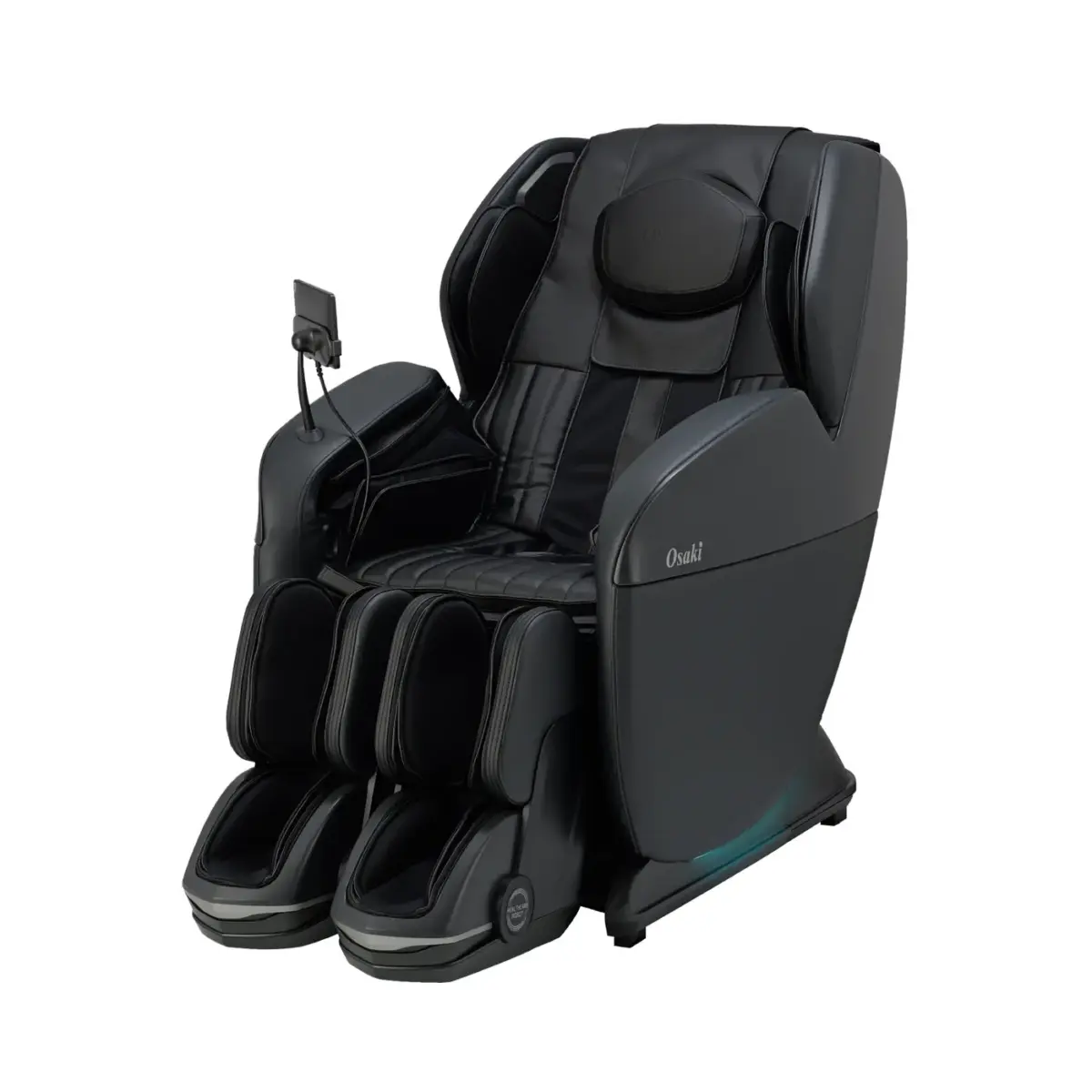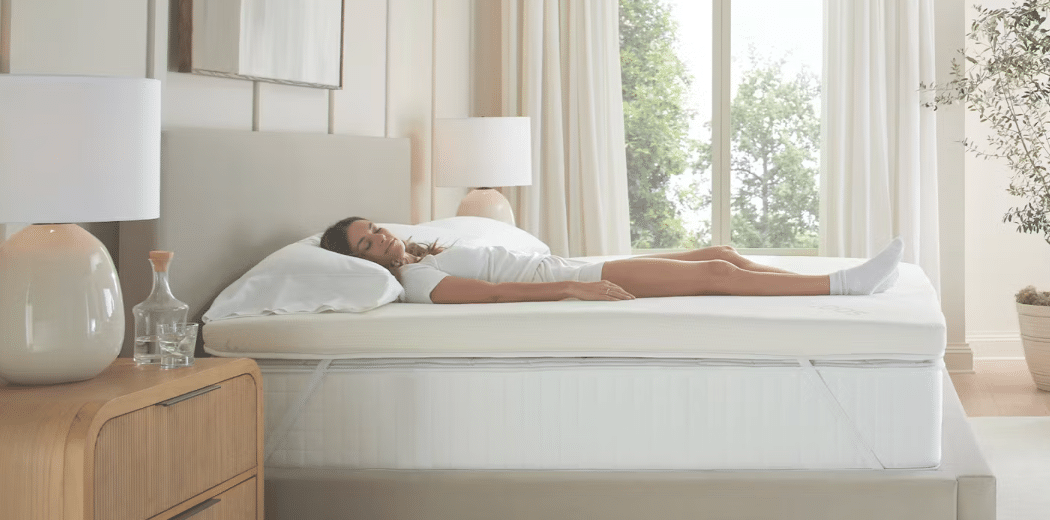How to Understand Back Pain from a New Mattress in 5 Quick Steps
Switching to a new mattress is often seen as a ticket to enhanced comfort and rejuvenating sleep. However, many people are surprised to find themselves battling back pain instead of basking in blissful slumber. If you’ve recently made the switch and are wondering, “Why do I have back pain after sleeping on a new mattress?” you’re not alone. This common experience often has logical explanations.
Step 1: Recognize the Initial Adjustment Period
When you introduce a new mattress into your sleep routine, your body often requires time to adapt. Just as a new pair of shoes can initially pinch, a new mattress can feel different as your body adjusts. Here’s what to expect:
Initial Disturbance
Your previous mattress, likely worn and sagging, may have given your body a false sense of security. The new mattress offers enhanced support, which can feel awkward at first.
Body Adaptation
Your muscles and spine need time to align with the new support configuration. If your posture throughout the day has been poor, transitioning to a better spine alignment will take adjustment.
Minor Back Pain
Experiencing minor back pain during this phase is normal. This discomfort often signifies that your back is realigning. Dr. Devon Hoffman emphasizes, “Transitioning to a new mattress can temporarily affect your back,” but it typically resolves with time.
One study suggests that participants reported alleviated pain after switching to a mattress designed for their specific sleeping position, validating the importance of finding the right fit.
Step 2: Identify Signs Your Mattress is the Culprit
If you find that your back pain persists or worsens after several weeks, it may be time to assess whether your mattress is actually a poor fit:
Persistent Discomfort
Waking up with consistent back pain is a red flag. If your discomfort is most pronounced in the morning, your mattress may not provide the necessary support.
Adjustment Period Longevity
While some initial discomfort is expected, an adjustment period lasting longer than a few weeks may indicate that the mattress isn’t right for you.
Worsening Pre-Existing Pain
If you came into the new mattress situation with chronic back issues, and your pain has intensified, your current mattress may lack the adequate support to alleviate your symptoms.
Step 3: Choose the Right Mattress for Your Needs
Selecting the appropriate mattress can significantly impact spinal alignment and overall comfort, which in turn helps mitigate back pain. Here’s a breakdown of different types of mattresses and their benefits:
Memory Foam Mattresses
These conform to your body’s shape, offering excellent pressure relief. They are particularly good at reducing discomfort around the shoulders and hips.
– Pros: Outstanding pressure relief and spinal alignment, less motion transfer.
– Cons: Can trap heat; may feel overly soft for some individuals.
Latex Mattresses
Known for their natural resilience, latex mattresses provide a supportive surface that can promote alignment.
– Pros: Durable and eco-friendly, offers consistent support.
– Cons: Can be heavyweight and priced higher than other options.
Innerspring Mattresses
Utilizing a coil system, these mattresses offer good support and weight distribution.
– Pros: Generally more affordable, good airflow for a cooler sleep.
– Cons: Can wear out quicker; may produce noise over time.
Hybrid Mattresses
Combining features of foam and innerspring, these mattresses provide balanced support and pressure relief.
– Pros: Optimal balance of comfort and support; suitable for various sleep styles.
– Cons: Can be pricier and heavier.
Step 4: Ensure Proper Support and Comfort
It’s crucial to evaluate not only your mattress but also its supporting structure. An inadequate bed base can result in mattress sagging, leading to improper spinal alignment.
Mattress Support Requirements
– Check for even weight distribution.
– Ensure lumbar support is appropriate for your sleeping style.
Bed Base Compatibility
– Confirm that your bed base aligns with your mattress specifications.
– Avoid bases that sag or have excessive gaps as they can contribute to back pain.
Step 5: Take Additional Measures to Alleviate Back Pain
Consider your sleeping position when addressing back pain issues:
For Back Sleepers
– Use a small pillow under your knees to help maintain your spine’s natural curve.
– Incorporate a stretching routine to relieve tension.
For Side Sleepers
– A body pillow can provide necessary support between your knees and arms, helping keep your spine aligned.
For Stomach Sleepers
– Enhance pelvic alignment by placing a flat pillow under your stomach. This minor lift can reduce strain on your lower back.
Frequently Asked Questions about Back Pain from a New Mattress
How long does it take for your back to adjust to a new mattress?
Adjustment typically spans two to four months, depending on your body’s adaptability. Most reputable mattress brands offer trial periods to allow for this adjustment.
What should I do if my new mattress hurts my back?
If discomfort persists, consider options like adding a mattress topper or adjusting your pillows for better support. Always ensure your bed base is compatible with your mattress.
Will a new mattress improve your back pain?
Yes, a mattress that maintains proper spinal alignment significantly contributes to pain relief. Assess your sleep position and select a mattress type designed for it.
Conclusion
Understanding back pain experienced after switching to a new mattress is a journey that requires time and consideration. By following these five steps, you can ensure that your new mattress effectively supports your spine and improves your sleep quality. At Yawnder, we offer various mattresses designed for ultimate comfort and support, aiming to help you combat back pain effectively. Investing in the right mattress is essential for a restful night, freeing you from persistent back discomfort and leading to rejuvenating sleep. If your new mattress continues to present issues, don’t hesitate to reassess your choices and find your ideal fit.

















